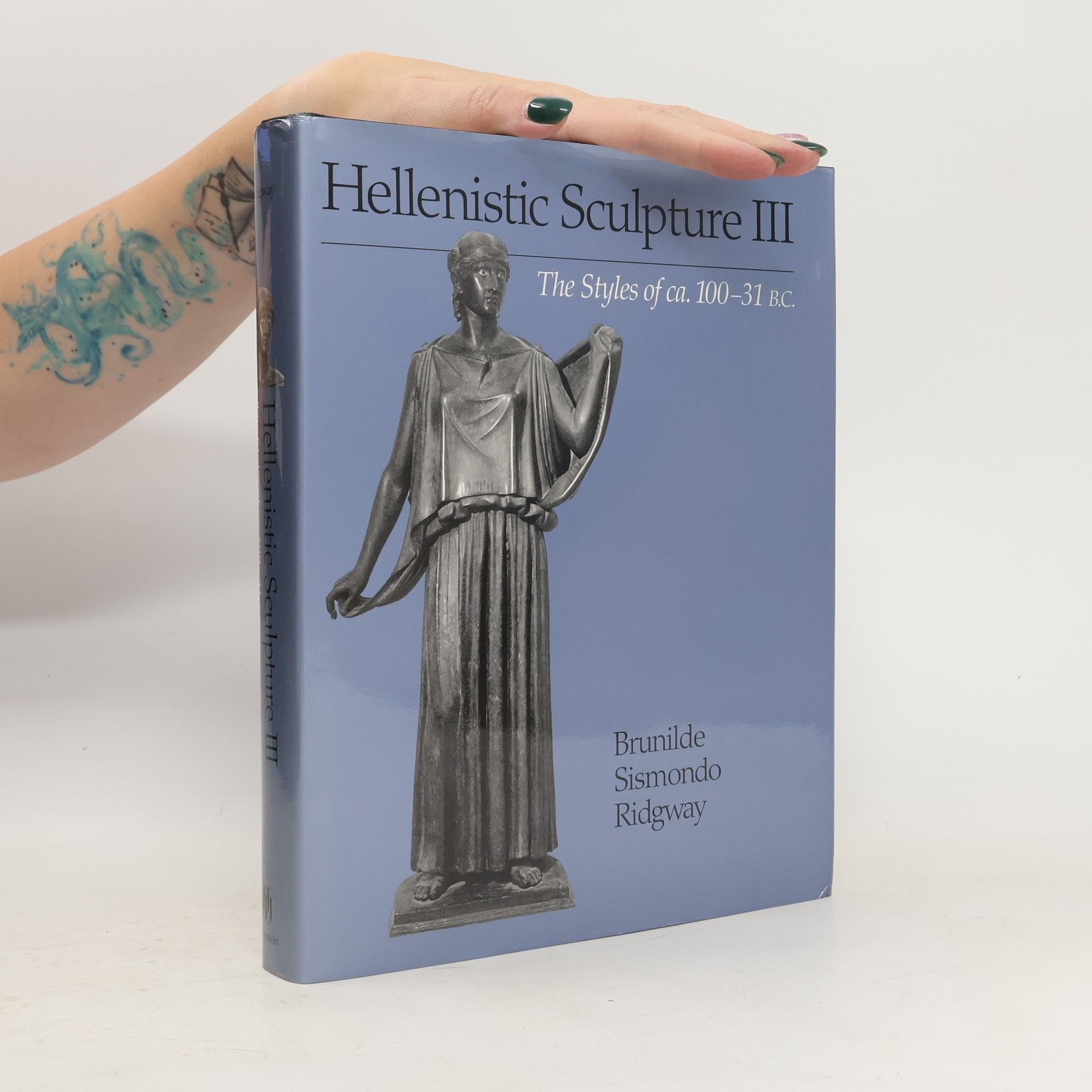Hellenistic sculpture III. The styles of ca. 100-31 B.C.
- 400 stránek
- 14 hodin čtení
This volume discusses sculptural works, both architectural and free-standing, from approximately 100 BC to the Battle of Actium (31 BC) that removed from power the last Hellenistic ruler. Famous sculptures, such as the Belvedere Torso, are discussed together with less well-known pieces.
